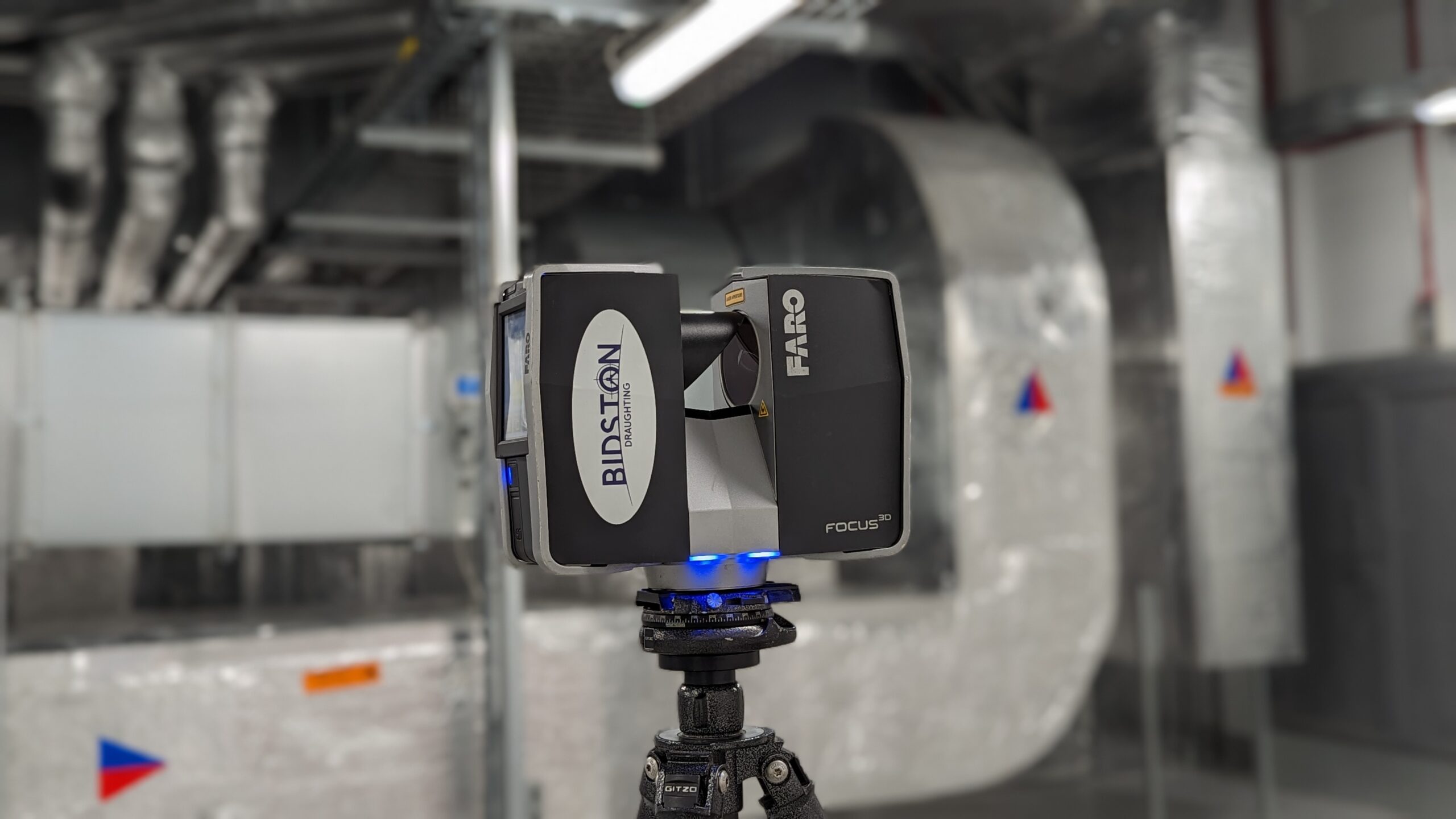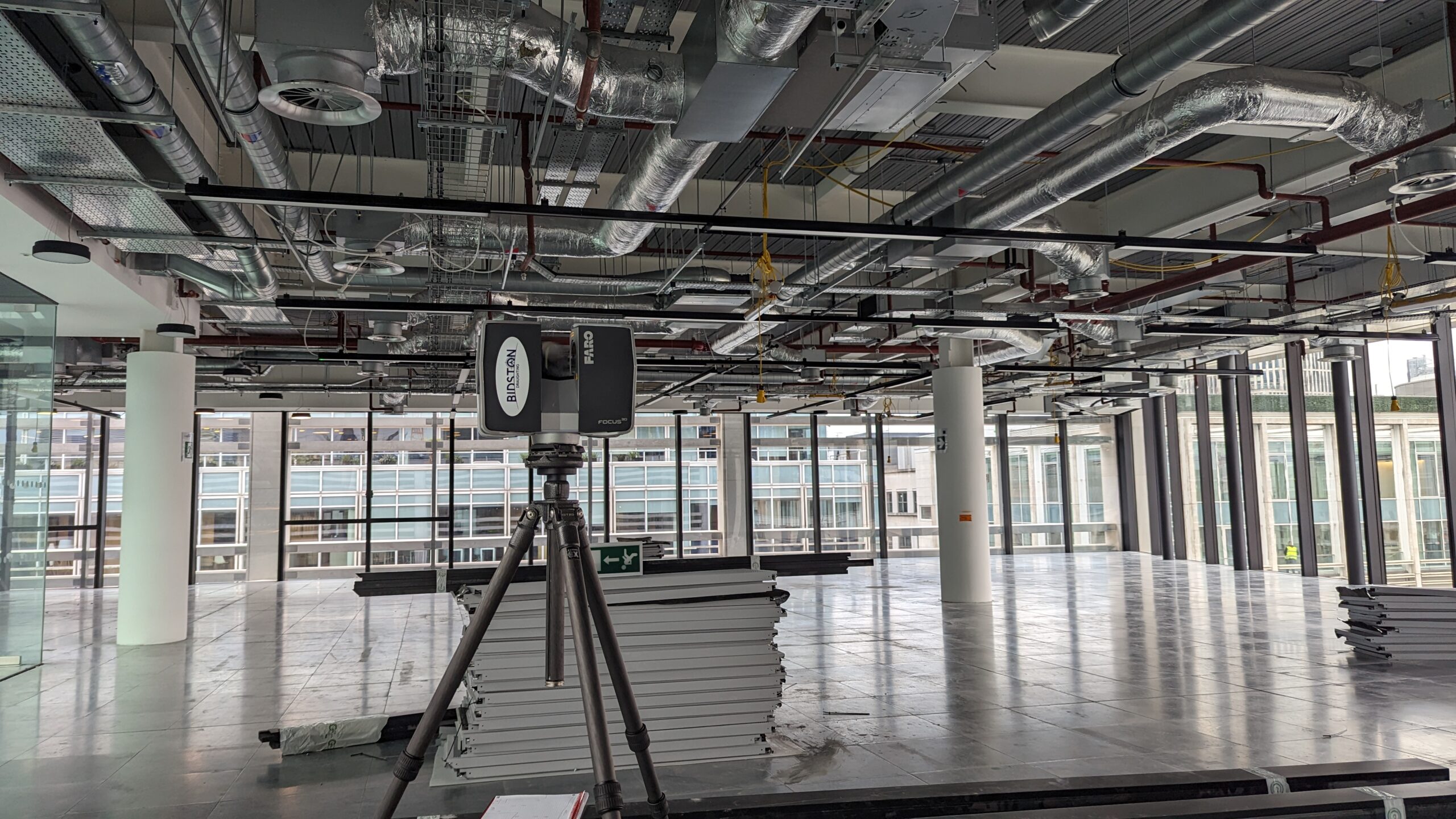Topographical Surveys
Topographical surveys are used to measure and map the physical features of a piece of land. This can include things like the contours of the ground, the location of trees, buildings, and other structures, and the position of roads, paths, and watercourses. Laser scanning is an ideal tool for topographical surveys because it can capture a large amount of data quickly and accurately. This data can then be used to create detailed 2D drawings & 3D models of the land.
Measured Building Surveys
Measured building surveys are used to capture accurate measurements and 3D data of existing buildings. This can include things like the dimensions of rooms, the location of doors and windows, and the position of structural elements like beams and columns. 3D Laser scanning is an ideal tool for measured building surveys because it can capture a large amount of data quickly and accurately, without the need for manual measurements.
Forensic Surveys
Forensic surveys are used to capture 3D data of a crime scene or accident site. This can include things like the position of evidence, the location of victims, and the layout of the scene. Laser scanning is an ideal tool for forensic surveys because it can capture a large amount of data quickly and accurately, without disturbing the scene or altering the evidence.
Environmental Surveys
Environmental surveys are used to capture 3D data of natural environments, such as forests, wetlands, and rivers. This data can be used to create detailed models of the environment, which can be used for things like flood planning and conservation efforts. Laser scanning is an ideal tool for environmental surveys because it can capture a large amount of data quickly and accurately, even in difficult-to-reach locations.
Infrastructure Planning Surveys
Infrastructure planning surveys are used to capture 3D data of existing infrastructure, such as roads, bridges, and buildings. This data can be used to plan and design new infrastructure projects, as well as to monitor the condition of existing infrastructure. Laser scanning is an ideal tool for infrastructure planning surveys because it can capture a large amount of data quickly and accurately, without disrupting traffic or causing other disturbances.
Historic Preservation Surveys
Historic preservation surveys are used to capture 3D data of historic buildings and structures. This data can be used to create detailed models of the structures, which can be used for things like restoration and preservation efforts. Laser scanning is an ideal tool for historic preservation surveys because it can capture a large amount of data quickly and accurately, without the need for manual measurements that could potentially damage the structure.
In conclusion, laser surveying is a powerful technology that is transforming the way we survey and map our world. From topographical surveys to historic preservation surveys, laser scanning is an ideal tool for capturing accurate 3D data quickly and efficiently. If you’re in need of a survey for your project, consider using laser scanning to get the most accurate and detailed results possible.


